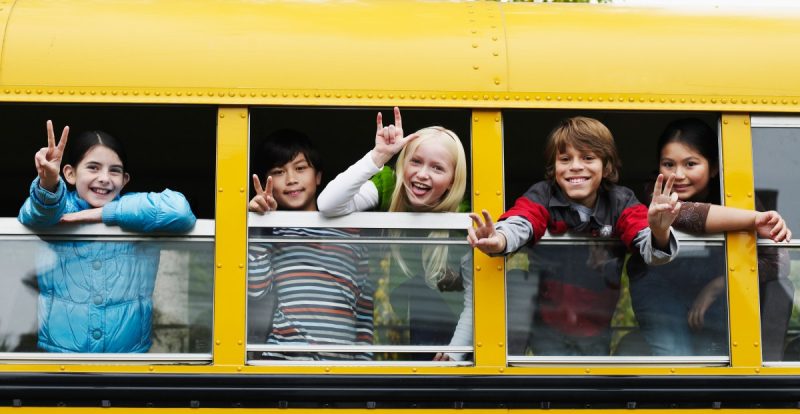
It’s a familiar scene: a group of kids posing for a picture, and almost all of them are flashing a peace sign. This isn’t some fleeting trend; it’s become a generational go-to, and it’s got parents and observers alike wondering, ‘Why?’ The answer, it turns out, is surprisingly complex and rooted in a history far longer than you might think.
One mom noticed her own children, and their classmates, consistently using the peace sign in photographs. Initially thinking it was a playful prank, she quickly realized it was far more than that. Children seem to adopt the pose instinctively, seemingly without any prompting from adults. From first days of school to birthday celebrations, the peace sign has become the default pose for this generation, a phenomenon observed across different age groups and geographical locations.
The ubiquity of the peace sign isn’t limited to school photos. Parents report seeing the gesture everywhere – online, in family photos, even in casual snaps. It raises questions about the influences shaping Gen Alpha’s visual language and the subtle ways that cultural trends manifest in their behavior. Is it a reflection of their digital world, where emojis and hand gestures hold significant weight? Or is there something deeper at play?
The peace sign itself has a rich history, evolving from a wartime symbol of victory to a broader emblem of peace and counter-culture movements. Its current adoption by Gen Alpha adds another layer to this intricate narrative. While the exact reason for its popularity remains elusive, it showcases how seemingly simple gestures can carry complex social meanings and reflect the unique cultural context of a generation.
Ultimately, the peace sign’s widespread use by Gen Alpha offers a fascinating glimpse into the evolving visual culture of childhood. It highlights the power of simple gestures to transcend generations and become powerful symbols of identity and expression, prompting further discussion about the interplay of history, media, and generational identity.









